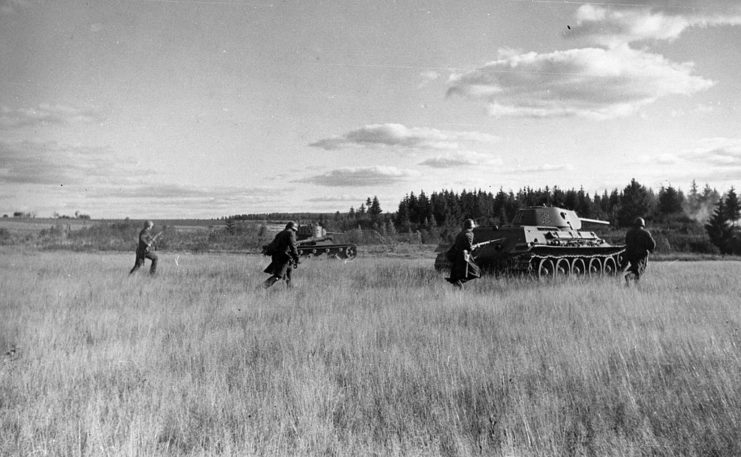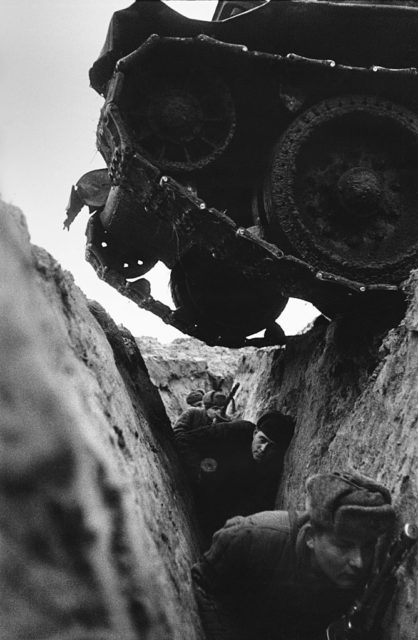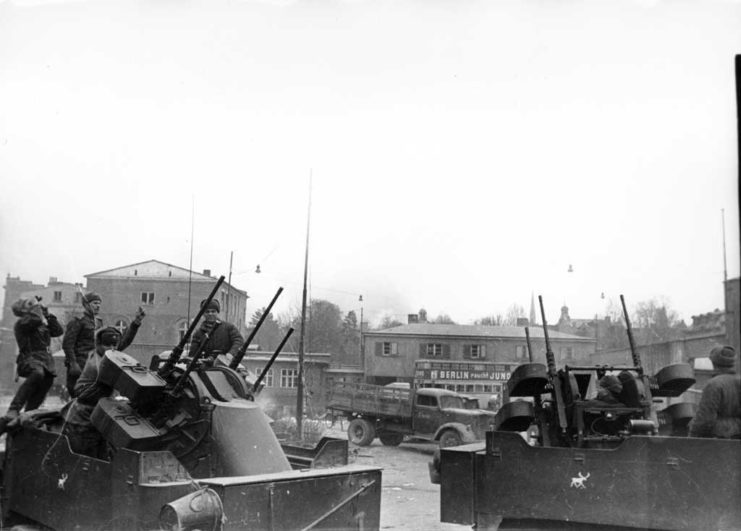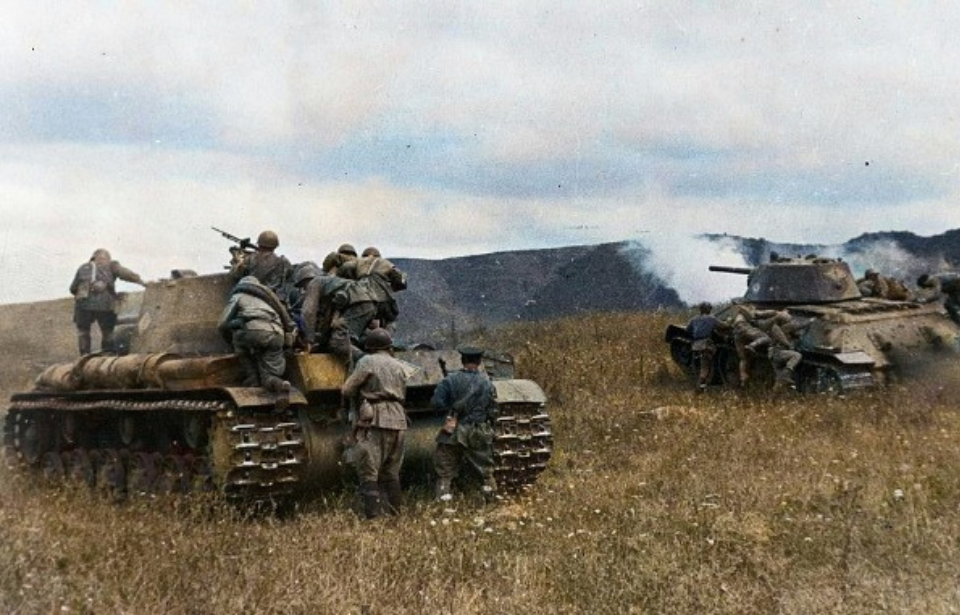Women during the Second World War were typically relegated to working as nurses, in factory production or, in some instances, in the military, to fill such roles as wireless operators, clerks and mechanics. It was much less common for them to serve in active combat on the frontlines, but not unheard of. Aleksandra Samusenko was one such woman, serving as a Soviet tank commander.
Aleksandra Samusenko joins the Red Army

There is very little known about Aleksandra Samusenko’s life prior to World War II, other than she was born in 1922. Rumors say she fought in the Spanish Civil War between 1936-39, but this has never been proven. She first joined the Red Army as a private in an infantry platoon, and served as such in an infantry regiment throughout the Winter War.
In 1941, Samusenko was sent to the Soviet tank academy, as she had a background in mechanics. She graduated after training on the T-34 and was assigned to the 1st Tank Army. She was given command of one of the tanks and its crew, making her, until 2014, the only woman in history to command a tank in battle.
Battle of Kursk

Aleksandra Samusenko’s finest moment came during the Battle of Kursk, when she led an attack on three Tiger I tanks manned by soldiers from 3. SS-Panzerdivision “Totenkopf.” It’s said she told her men, “There is no turning back for us,” before launching the assault and operating her tank’s main gun. Despite the strength of the enemy, and the fact Samusenko was outnumbered, she came out victorious.
The tank crew were able to take out all three enemy vehicles, an action which earned Samusenko the Order of the Red Star. Later in the same battle, her commanding officer was killed. She fearlessly took control of the battalion and led them away from the shootout they were in.
In response, her superiors promoted her to the rank of captain and she was permanently given command of the unit, making her the only woman to ever command a tank battalion.
An unlikely ally

Aleksandra Samusenko continued to fight throughout the Second World War, seeing combat during the Lvov-Sandomierz Offensive, Operation Uranus and the Battle of Stalingrad. In early 1945, she came across US Army Sgt. Joseph Beyrle, who’d recently escaped from a German prisoner of war (POW) camp. He convinced Samusenko to let him join her force as they traveled to Berlin, and demonstrated his impressive demolition skills along the way.
Beyrle served with the Soviets for a month and liberated Stalag III-C, the POW camp from which he’d escaped. His time with the 1st Tank Army came to an end after he was sent to hospital with severe wounds, but not before he’d befriended Samusenko. It’s his detailed accounts that provide additional information about her service and life before the war, including the loss of her husband and family during the conflict.
East Pomeranian Offensive
After Beyrle left the 1st Tank Army, Aleksandra Samusenko and her crew fought in the East Pomeranian Offensive, where the talented tank commander lost her life. Accounts of how it happened vary. However, most sources align with Pyotr Demidov, a veteran of World War II, who recounted that she was crushed under the treads of a Soviet tank. They’d been moving under the cover of darkness near the village of Zülzefirz and the driver hadn’t noticed her on-foot nearby.
More from us: Amazing Discovery – Captured T-34 Found Decades After It Was Abandoned By the German Army
Samusenko was run over by the armored vehicle, later succumbing to her injuries. She was buried near the monument to William I in Łobez, Poland and posthumously awarded the Order of the Patriotic War 1st Class. After her death, Beyrle shared Samusenko was “a symbol of the fortitude and courage displayed by the Soviet people” during the war.
